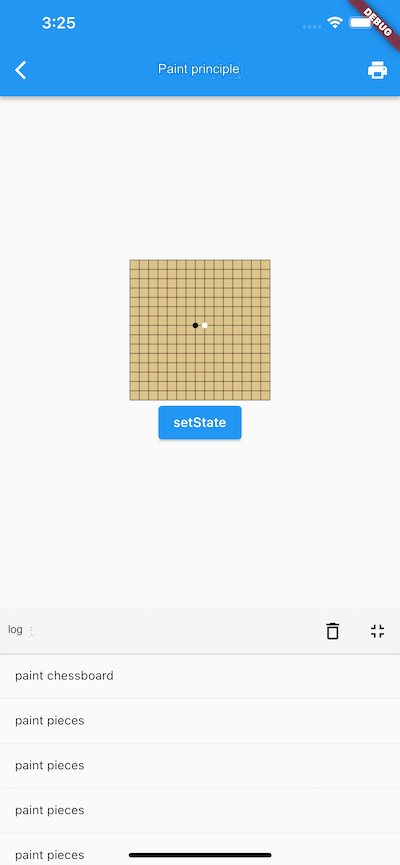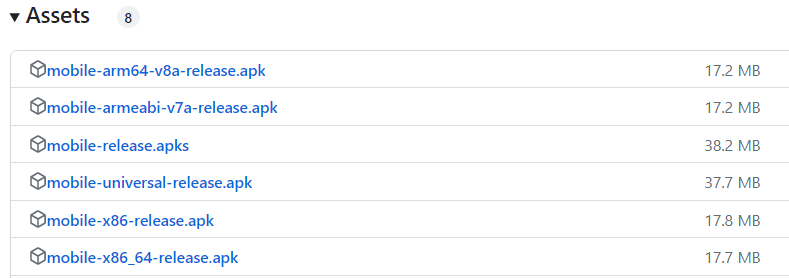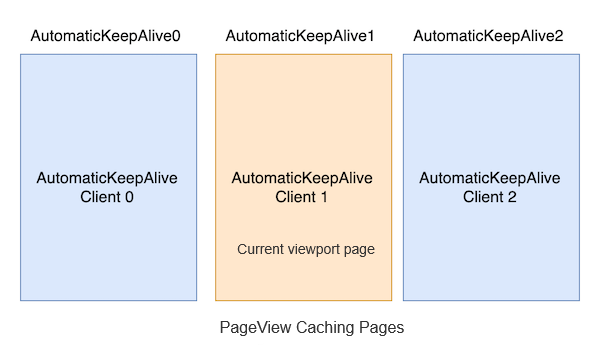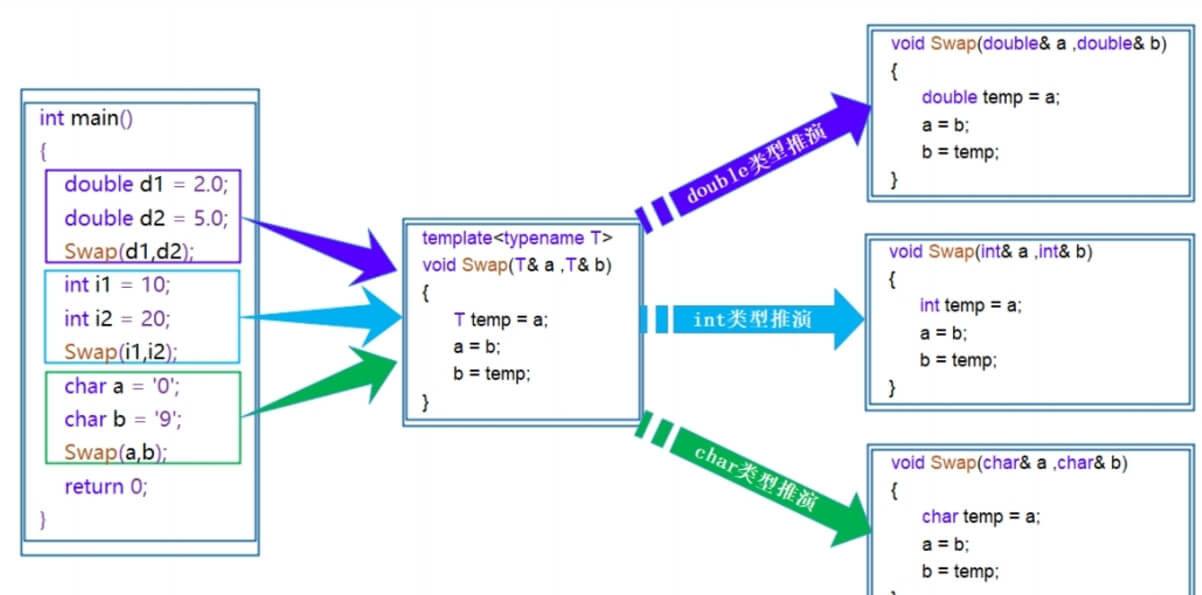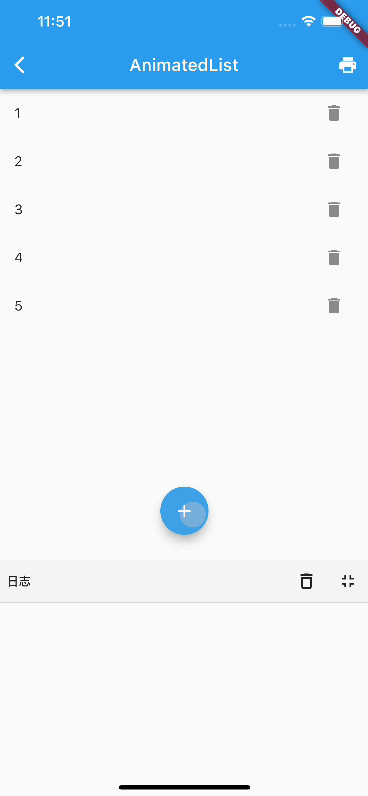In mobile application development, the progress bar is a common UI element that provides a visual representation of the progress of a task. This article will introduce how to implement a dynamic horizontal progress bar in Android Studio, with a code example to help developers get started quickly.
Creating a Basic Android Project
First, we need to create a new project in Android Studio. Choose "Empty Activity" and name it ProgressBarExample. Ensure that your programming language is set to Java or Kotlin.
Adding Dependencies
In the build.gradle file, we do not need additional libraries to implement a basic progress bar. Android's built-in ProgressBar component will suffice. Ensure that your project settings are correct and the project can compile properly.
Layout Design
In the res/layout/activity_main.xml file, we will add a ProgressBar and a Button to trigger the progress bar. Below is the layout code example:
<LinearLayout xmlns:android="http://schemas.android.com/apk/res/android" android:layout_width="match_parent" android:layout_height="match_parent" android:orientation="vertical" android:padding="16dp"> <ProgressBar android:id="@+id/progressBar" android:layout_width="match_parent" android:layout_height="wrap_content" android:layout_gravity="center" android:max="100" android:visibility="invisible" style="?android:attr/progressBarStyleHorizontal" /> <Button android:id="@+id/startButton" android:layout_width="wrap_content" android:layout_height="wrap_content" android:text="Start Progress" android:layout_gravity="center" android:layout_marginTop="20dp" /> </LinearLayout>
Implementing the Dynamic Progress Bar
In MainActivity.java or MainActivity.kt, we will implement the button click event to start updating the progress bar. Below is the Java code example:
public class MainActivity extends AppCompatActivity {
private ProgressBar progressBar;
private Button startButton;
private Handler handler = new Handler();
private int progressStatus = 0;
@Override
protected void onCreate(Bundle savedInstanceState) {
super.onCreate(savedInstanceState);
setContentView(R.layout.activity_main);
progressBar = findViewById(R.id.progressBar);
startButton = findViewById(R.id.startButton);
startButton.setOnClickListener(new View.OnClickListener() {
@Override
public void onClick(View v) {
progressBar.setVisibility(View.VISIBLE);
progressStatus = 0;
new Thread(new Runnable() {
@Override
public void run() {
while (progressStatus < 100) {
progressStatus++;
handler.post(new Runnable() {
@Override
public void run() {
progressBar.setProgress(progressStatus);
}
});
try {
Thread.sleep(50); // Simulate task duration
} catch (InterruptedException e) {
e.printStackTrace();
}
}
}
}).start();
}
});
}
}Core Logic of the Dynamic Progress Bar
Progress Bar Initialization: In the
onCreatemethod, we initialize theProgressBarandButton, and set the button's click event.Starting the Thread: After the button is clicked, we start a new thread to update the progress bar's state.
Updating Progress: Using a
Handler, each time we update the progress, thepostmethod is used to send the UI update operation to the main thread.
Summary
Through continuous practice and exploration, we have successfully implemented a dynamic horizontal progress bar in Android Studio. Using a progress bar can significantly enhance user experience by giving users a clear understanding of the task's completion status. We hope this tutorial will assist you in your Android development journey and help you implement progress bars and other UI elements more effectively!
This guide covers the basic implementation of a progress bar, but the same concepts can be extended to handle more complex tasks and UI designs in Android development.
